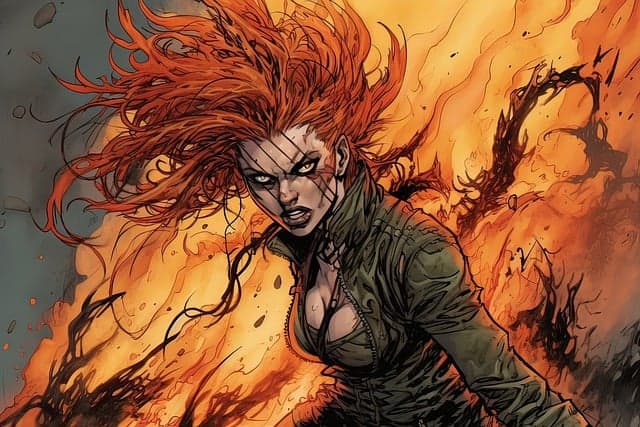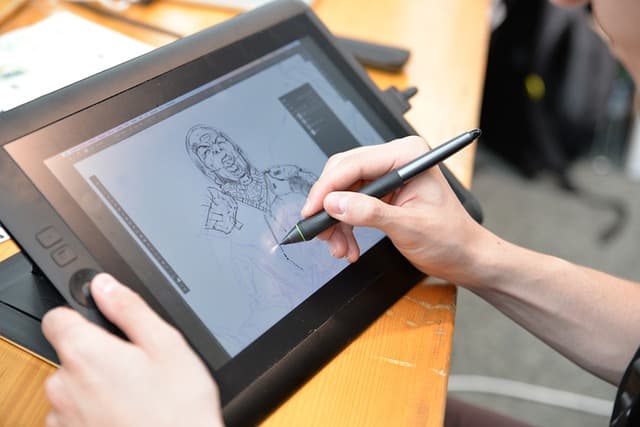After the end of World War II, society began to be troubled by technological advances and the nuclear threat. This was the reason for the appearance of Iron Man. At that time, many images of scientists and inventors were created on the pages of comic books to somehow alleviate the confusion in society.
Then Marvel did what DC had failed to do for a long time. They created living heroes close to everyone. There was the Fantastic Four with family problems, the teenage superhero Spider-Man, the huge X-Men team.
Stan Lee and his colleagues, thanks to flair or ordinary luck, managed to create a new image of the hero just at the time when America began a period of historic social upheaval. Who wants to read about a holier-than-thou cop when the news shows real cops beating up African Americans in the streets every night?
The peak of the reflection of social problems in comic books was in the 60s. In the mid-60s, a motley crew of mutants appeared – the X-Men. The main problems that they face in one way or another in each issue are the oppression and hatred of ordinary people. Discrimination, racism, sexism, anti-Semitism, homophobia were not censured by society at that time. Characters from the main cast of X-Men reflect all these problems. For example, Charles Xavier is a wheelchair-bound invalid, and Magneto survived German concentration camps. His Jewish loved ones died at the hands of the Nazis. Magneto himself compares the position of mutants in society to that of Jews, during the Nazi era.
Incidentally, there are a lot of characters on the team, but there’s almost always an equal number of male and female heroes, which is a response to sexism.
The X-Men comics were the first to have characters camming out and admitting to homosexuality. Until 1989, it was forbidden to mention this aspect in the pages of comics, but the authors did not give up and left at least tiny hints that made it clear what they were talking about. A few decades later, many characters with unconventional sexual orientation appeared in comics: Mystique, Polaris, Fate, Karma, Daken, and many others. And the character Angel is referred to as a reference to transsexuals – during his formative years, he tried to tie his wings to his back so they wouldn’t be visible, or cut them off altogether.
Mutants are always trying to be retrained and forced to be “normal”. Society refuses to accept them, and often in comics you can find stories about entire ghettos of mutants who live on the outskirts of cities and try not to draw attention to themselves. There are even activist groups trying to exterminate mutants and clean up the world.
Actually, this is a very clear reflection of the struggle of minorities for their rights and society’s desire to censure for otherness and fit everyone to standards.



